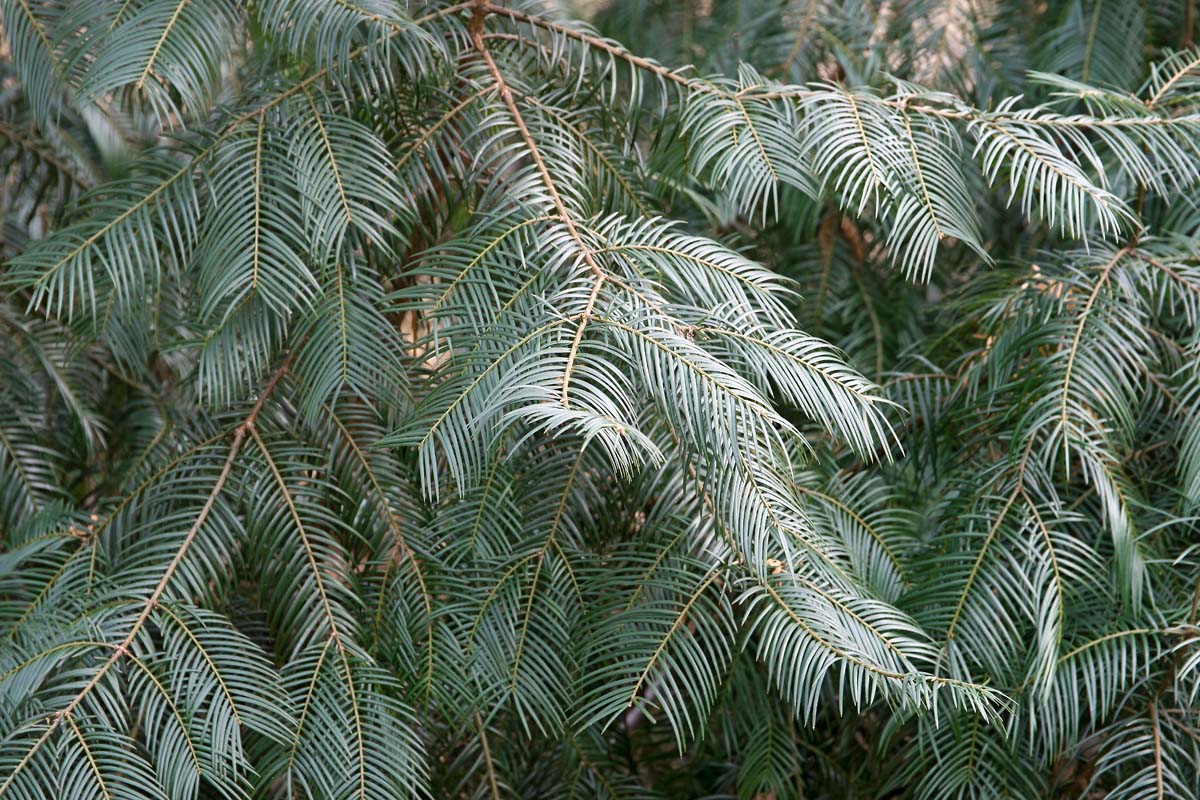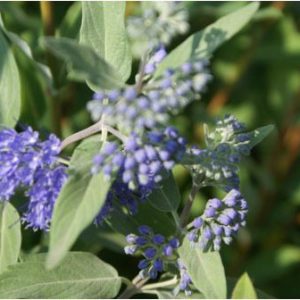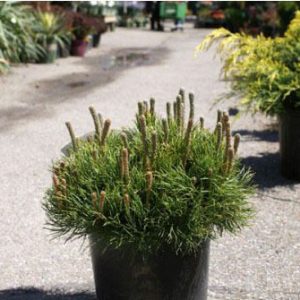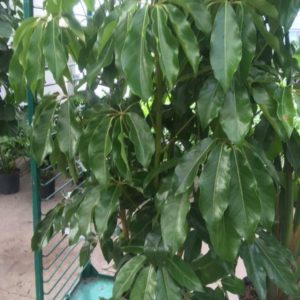Description
Cephalotaxus – Plum Yew –
There are about 10 species of evergreen, normally dioecious, occasionally monoecious, coniferous, small tree or shrubs, in this genus. They occur from forest understory in Eastern Asia. They are usually multi stemmed with flaking brown or reddish bark. They produces deep green, leathery foliage which is yew (taxus) like, but longer, spreading, 2 ranked on either side of the green shoots, the under surfaces of the leaves have glaucous or silver bands. Female plants produces fleshy, globular, olive or plum like, fruits which ripen to reddish brown. Males produce pollen cones. Plum yews grow well in shaded sites and useful as hedging.
Grow in fertile, moist but well drained soil in partial shade, or in sun in cool, moist climates. Shelter from wind. Trim hedges in early summer. Tolerant of hard clipping.
C. fortunei – Fortune Plum Yew – Chinese Plum Yew – This shrub or narrow crowded, small coniferous tree from Eastern China was introduce to England in 1849 by Robert Fortune and grows 20-30′ feet tall and half as wide. From whorled branches and shredding or scaly, red-brown bark it carries linear or slightly curved, mid green leaves, 1 ½-4″ long, with sharp points, and 2 white bands beneath, are carried flat or slightly “v” shaped, rows. Ovoid to elliptic, olive green fruit, to 1″ long, ripening to glossy purple brown, are held on short stalks on female plants.
Zones 6-10





